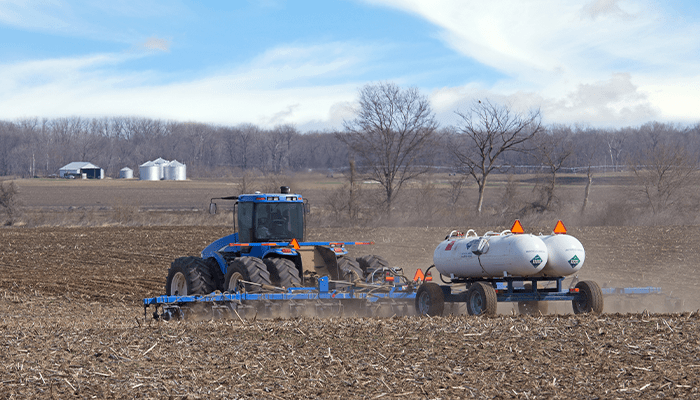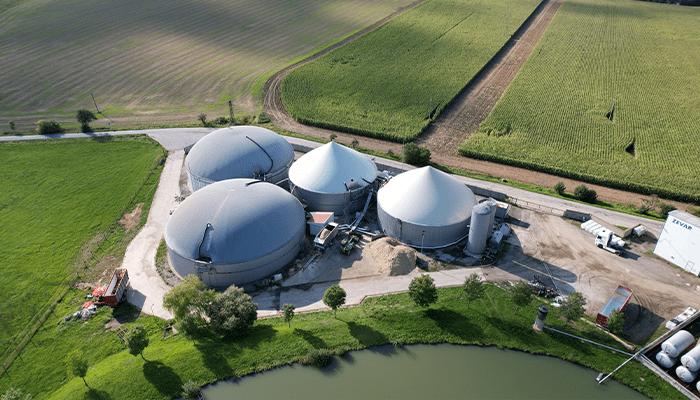
Operating UAVs in Agriculture
The use of unmanned aircraft vehicles (UAVs) in agriculture continues to grow as a way to improve efficiencies and control costs. From monitoring or spraying crops to managing livestock to irrigation mapping, UAVs (or drones) are allowing farmers to make informed decisions and take action based on real-time data.
The FAA requires anyone flying a drone weighing less than 55 pounds for commercial or educational use to be certified. Further, the drone must be registered through the FAA Drone Zone website. The first step is getting familiar with the rules outlined in the Part 107 regulations, including:
- Unmanned aircraft must weigh less than 55 pounds
- Unmanned aircraft must remain within in visual line of sight at all times
- Operate during daylight hours only
- Yield right of way to other aircraft
- Maximum groundspeed of 100 mph
- Maximum altitude of 400 feet above ground level
- Minimum weather visibility of 3 miles from a control station
- No carriage of hazardous materials
- Operations in Class G airspace are allowed under Part 107 without Air Traffic Control (ATC) permission. Operations in Class B, C, D, and E airspaces (typically found around most airports) require ATC permission to fly. There are options to obtain permission to operate under the Part 107 in these areas by obtaining authorization through the Low Altitude Authorization and Notification Capability (LAANC) system.
Drone use presents unique risks, making it essential to consider your insurance needs. Not only is there the potential for liability claims, but cyber and privacy issues are also a concern. Because technology outpaces the regulatory process, UAV regulation challenges can be expected.
Several insurance programs are designed to effectively manage risk and address property and liability concerns, including drone liability, hull, and payload. Factors such as drone type, area of operation, usage, and operator experience can affect rates.
As drone use and ownership grow, it is important not to overlook job site safety and other hazards. Consider, for example, the possibility of bodily injury or property damage due to “loss of link,” where the operator loses contact with the UAV. Despite this common risk scenario, there are several steps that can help minimize risk in your UAV / drone program:
- Establish a safety-first culture with the creation of a UAV program guide
- Provide education on the risks and make sure everyone is accountable to your safety program
- Make certain flights are FAA compliant
- Create a pre-flight and post-flight checklist
- Develop a clear set of emergency procedures
- Establish a recordkeeping system for storing all flight information
Implementing UAV technology can improve crop yields, save time, and help make land management decisions that improve long-term success. If you are considering drone use in your ag operation, contact a member of the AssuredPartners Agribusiness team before getting started to make sure you’re protected.
Featured News & Insights

Nitrogen is the cornerstone of crop production, vital to plant health and growth. However, one of the most efficient yet challenging sources of nitrogen is anhydrous ammonia (NH3). While NH3 is an...

Carbon credits as a concept have been around for years, offering both environmental and economic opportunities for the agriculture sector. With sustainable practices taking center stage, it's...

The outlook for the U.S. poultry market is promising as demand remains high, flock populations have recovered, and market prices are expected to increase, according to the USDA’s August 2024...